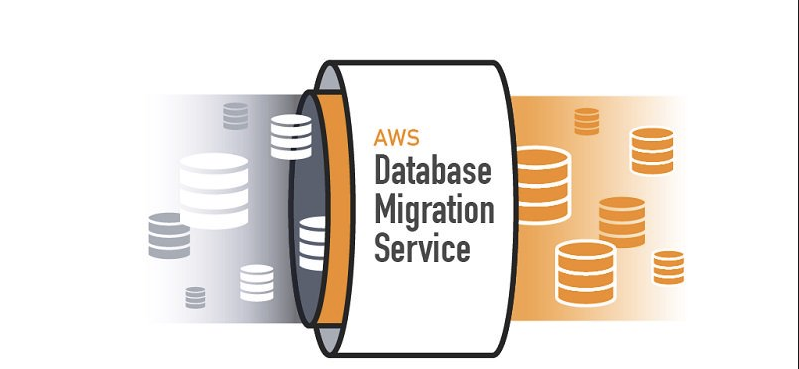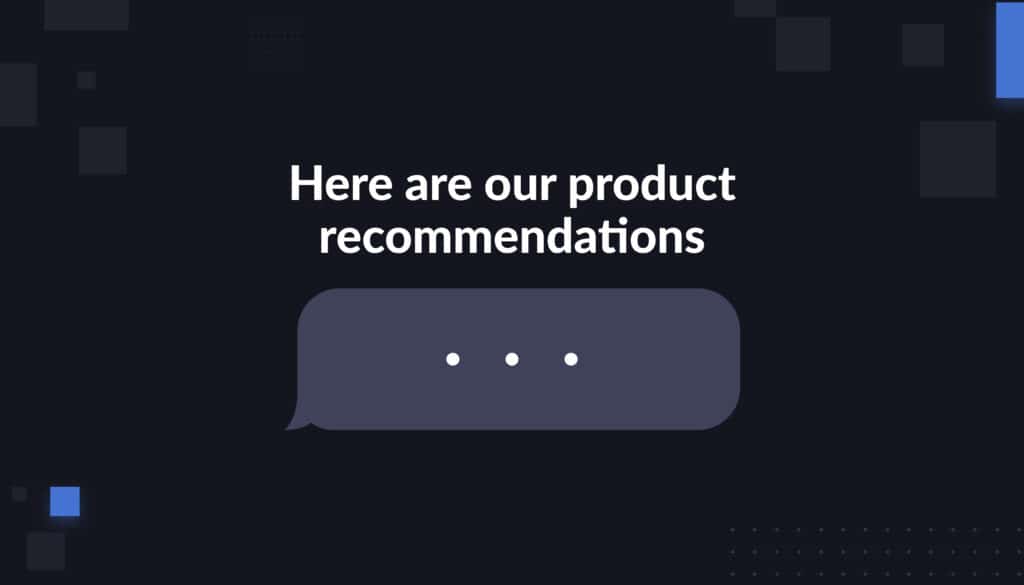It’s a great place to be when your initial platform is ready to scale and having performance issues. This clearly shows that we are growing and in the process making the right decisions in choosing and building our platform. One of our data sore is PostgresSQL hosted on AWS through our provider elephantsql. We have been quite happy with this provider as they met our needs during the early stages and continue to do so. We will continue to leverage them in the future. However, one of the key issues is the growth of our data and the amount of cost involved to pay for that infrastructure. We feel that pay per use model of clouds is a perfect companion for startups.
We are building a new platform for which we feel that a solution like a Redshift makes a great sense. So if we have to migrate some of our data into this new DB how do we go about it? There are 2 approaches
- Use the standard approach of backup and restore with the additional tasks of schema and data type management.
- Use a provider who will support this migration and make your life a bit simpler but of course at a small price.

AWS DMS is a great service if you haven’t used it. A few of the features that it provides are of great help to businesses who love to not dirty their hands 🙂 for non-needed tasks.
- Replication
- Data streaming
- Synchronization between the source and destination
Redshift which is an MPP DB mainly suited for Datawarehouse related large data processing is ideally suited if you need to handle data growing from a small single node to multiple multi-node clusters.
One of the neat features is that you can add or remove compute nodes to the cluster without any interruption to the service. This is fantastic as this enables you to handle your performance based on your traffic growth. Other key features that Redshift supports are your normal Admin activities such as backup, replication, monitoring on cloud watch to name a few.
We highly recommend trying out AWS DMS as it can provide a great deal of stability, quality, and performance for your DB migration-related tasks.
Read our post “Database Connection Tools” to learn about the best tools for your business to connect to a database.







